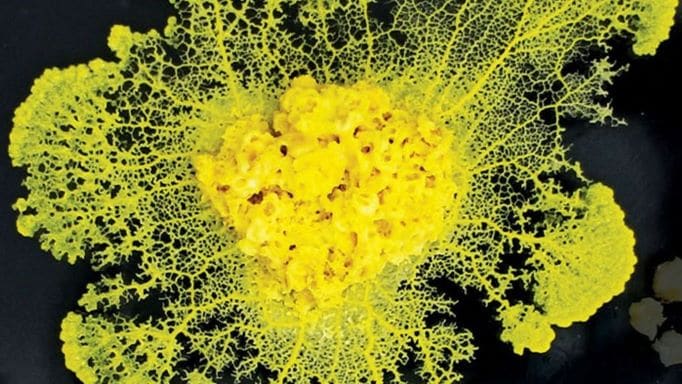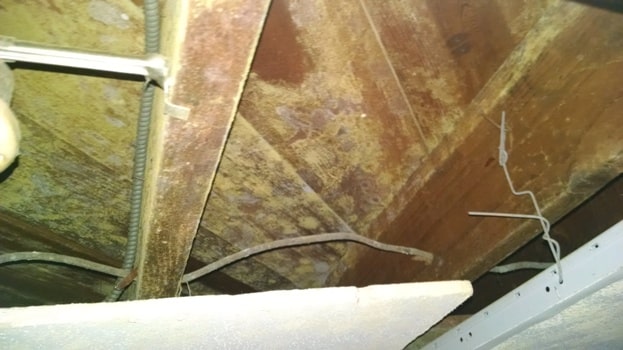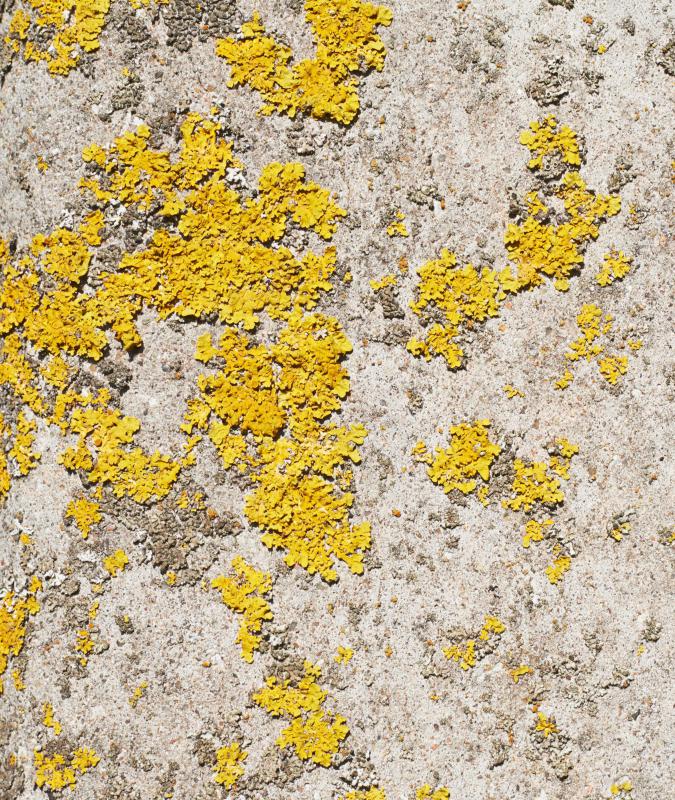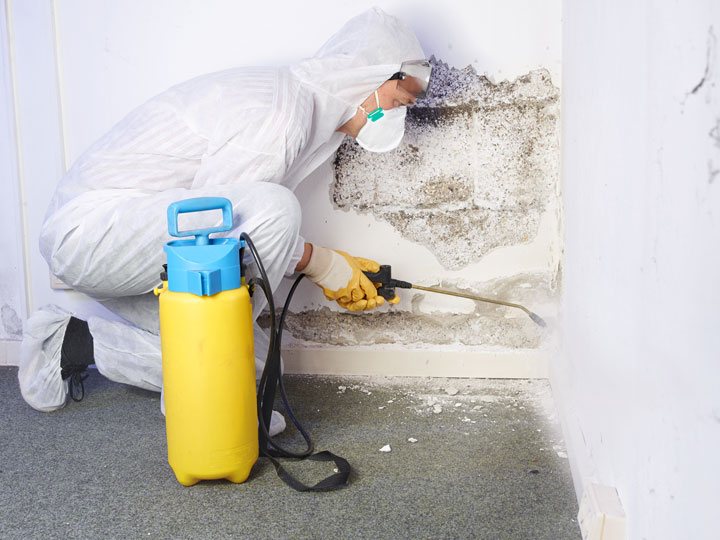
Yellow Mold in Maryland Home
Seeing yellow fuzzy patches in your Maryland home? Near the sink? On the bathroom wall or in the attic?
Are you wondering if it’s yellow mold and how to identify it?
If you’re wondering if you’ve got yellow mold and how to treat it, you, you’ve come to the right place.
Yellow mold is a type of fungus that feeds on a combination of moisture, oxygen, and organic matter. Out of the many thousands of species of mold, many of them can take a yellow appearance.
This makes it essential to keep track of any new growths in your household, paying special attention to areas that are prone to being damp for extended periods of time.
Additionally, the hue and appearance of yellow mold can vary greatly from a mild appearance to bright yellow based on the species of mold propagating.
Such mold can look like patches of dusty or fuzzy yellow or take on a a gelatinous feel known as slime molda typical variety of yellow mold.

Types of Yellow Mold
Some of the most widespread species of yellow mold include:
a) Aspergillus
Numerous strains of the commonly prevalent mold genus Aspergilluscan appear yellow.
Several of these species can cause allergies, respiratory conditions, or produce toxic mycotoxins.
b) Mucor
Mucor is a rapidly propagating mold that initially appears yellow before turning grey.
It is particularly harmful since it can cause mucormycosis, a condition that affects internal organs like the sinuses, lungs, and the brain.
c) Serpula lacrymans
Can quickly grow on wood and result in dry rot
Also goes by the name “home eating mold” for this reason.
How Yellow Mold Spreads
Yellow mold spreads by dispersing spores into the atmosphere like other types of mold. These spores can then create fresh mold colonies wherever they locate the following essential components:
1) Moisture
2) Food for organic things
3) The right temperature
Warmer or cooler areas of your home can provide the ideal conditions for a yellow mold infestation to establish itself, depending on the species of mold involved.

Is Yellow Mold Dangerous?
Some species of yellow mold produce poisons called mycotoxins. These poisons can enter the body through breathing in spores from yellow mold in your Maryland home, through the skin by touching yellow mold, or otherwise ingesting the toxin.
There are many types of mycotoxin, and illnesses resulting from mycotoxin poisoning can vary from acute to chronic, mild to severe.
How to Eliminate Yellow Mold
Before considering tackling a mold problem yourself, keep the following in mind:
- Mold may be present in parts that are not visible, e.g inside walls, under carpets, in air ducts etc.
- You must properly identify the root cause of mold, not just what’s immediately visible and noticeable avoid recurrent problems and infestations.
- The act of removing mold can expose you to harmful allergens and poisonous mycotoxins by breathing in mold spores or exposure through your skin.
- Touching mold can contribute to spreading mold spores throughout your home inadvertently creating additional mold infestation.
Why MoldGone
We strongly recommend your first line of defense be to bring in our certified mold remediation experts.
At MoldGone, we offer FREE mold inspection. Our mold removal and mold remediation services are available at reasonable prices.
Call us today at 240-970-6533 or Click here to schedule your appointment.


Recent Comments